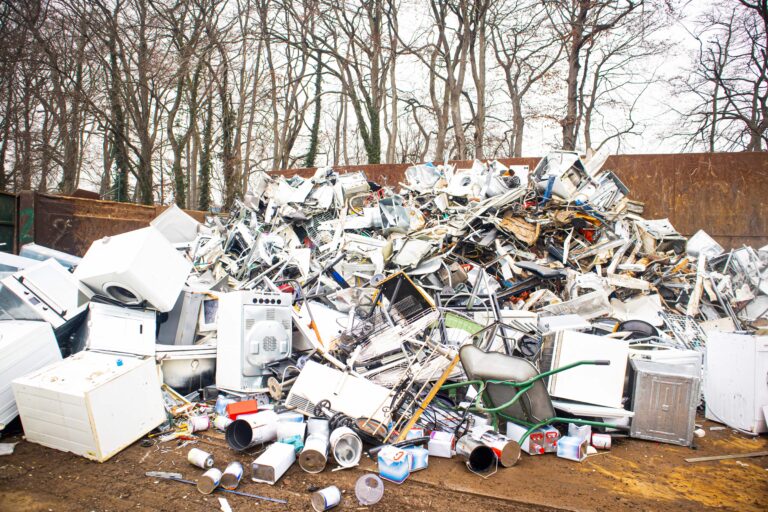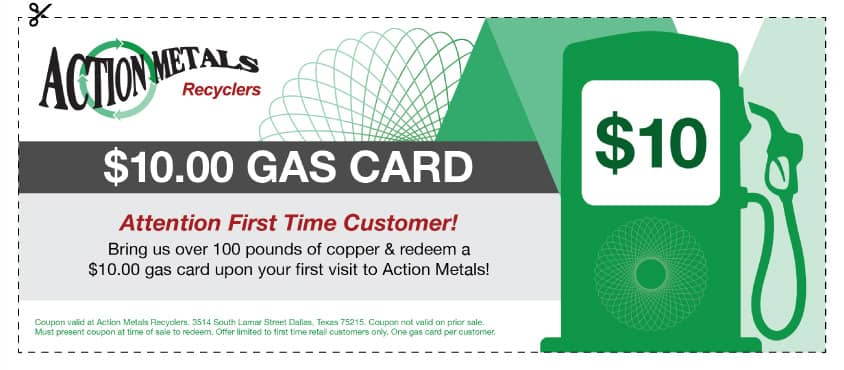The scrap metal industry is constantly evolving, and staying ahead of the curve is essential for success. Let’s get into the top trends shaping the scrap metal industry in 2025 and what they mean for you.
From technological advancements to shifting global markets, let’s get some insights to help you navigate the exciting landscape of scrap metal recycling.
1. Increased Demand for Recycled Metal
One of the most significant trends we’re seeing is the increasing demand for recycled metal. As the world becomes more environmentally conscious, industries are actively seeking sustainable and cost-effective materials. Recycled metal offers a fantastic alternative to virgin materials, reducing the environmental impact of metal production and conserving natural resources.
This trend is driven by several factors, including:
- Growing awareness of the environmental impact of mining and metal production: Consumers and businesses alike are becoming more aware of the environmental footprint associated with traditional metal production. This awareness is fueling a shift toward recycled metal as a more sustainable option.
- Government regulations and incentives promoting recycling: Many governments are implementing policies and incentives to encourage recycling and reduce waste. These initiatives further boost the demand for recycled metal.
- Rising costs of raw materials and energy: The costs of extracting, processing, and transporting raw materials are steadily increasing. Recycled metal offers a competitive advantage by reducing reliance on expensive virgin materials.
2. Technological Advancements in Scrap Metal Recycling
Technology is revolutionizing the scrap metal industry, making recycling processes more efficient, accurate, and safe. Here are some key technological advancements:
- Automated sorting systems: Advanced sorting technologies, such as artificial intelligence (AI) and machine learning (ML), are automating the process of identifying and separating different types of metals. This automation increases efficiency and reduces labor costs.
- Improved metal analysis techniques: New techniques like laser-induced breakdown spectroscopy (LIBS) and X-ray fluorescence (XRF) allow for rapid and accurate analysis of metal composition. This ensures the quality of recycled metal and helps optimize pricing.
- Robotics and automation in processing: Robots are increasingly used in scrap yards and recycling facilities to handle heavy lifting, sorting, and processing tasks. This improves safety for workers and increases overall productivity.
3. Growth of E-Waste Recycling
Electronic waste (e-waste) is one of the fastest-growing waste streams globally. E-waste contains valuable metals like gold, silver, copper, and platinum, making it an important source of recyclable materials.
Here’s what’s happening in e-waste recycling:
- Specialized e-waste recycling facilities: Dedicated facilities are being developed to handle the complexities of e-waste recycling, ensuring safe and environmentally friendly processing.
- Legislation and regulations for e-waste management: Governments are enacting stricter regulations for e-waste disposal and recycling to prevent environmental pollution and promote resource recovery.
- Urban mining initiatives: Urban mining focuses on extracting valuable metals from e-waste and other urban waste streams, reducing the need for traditional mining.
4. Focus on Sustainability and Circular Economy
The scrap metal industry plays a crucial role in the circular economy, where resources are kept in use for as long as possible. Here’s how the industry is contributing:
- Closed-loop recycling systems: Companies are establishing closed-loop systems where recycled metal is used to manufacture new products, minimizing waste and resource consumption.
- Life cycle assessments (LCAs): LCAs are used to evaluate the environmental impact of metal production and recycling processes, helping identify areas for improvement.
- Partnerships and collaborations: Collaboration among stakeholders, including manufacturers, recyclers, and governments, is essential to promote sustainable practices throughout the metal life cycle.
5. Global Market Dynamics
The scrap metal industry is influenced by global economic conditions and trade policies. Here are some key factors to consider:
- Fluctuations in metal prices: Metal prices are subject to market forces and can significantly impact the profitability of scrap metal recycling. Staying informed about market trends is crucial.
- International trade regulations: Trade policies and tariffs can affect the flow of scrap metal across borders, influencing supply and demand dynamics.
- Emerging markets: Rapid industrialization in emerging markets is driving increased demand for metals, creating new opportunities for scrap metal trade and recycling.
Call on Action Metals | The Future of Scrap Recycling
The scrap metal industry is dynamic and full of opportunities. By understanding the top trends and adapting to the changing landscape, you can position yourself for success in this vital sector. Whether you’re a scrap metal collector, processor, or consumer, embracing sustainable practices and leveraging technological advancements will be key to thriving in the years to come.
Ready to learn more about how these trends can impact your business or recycling efforts? Contact Action Metals today! Our team of experts can provide valuable insights and customized solutions to help you navigate the evolving scrap metal industry.
FAQ
What are the most valuable types of scrap metal?
Copper, aluminum, brass, stainless steel, and certain types of e-waste are among the most valuable scrap metals.
How can I identify different types of metals?
Visual inspection, magnets, and specialized tools like metal analyzers can help you identify different types of metals.
What are the benefits of recycling scrap metal?
Recycling scrap metal conserves natural resources, reduces energy consumption, and minimizes environmental impact.
How can I learn more about responsible e-waste recycling?
Research local e-waste recycling programs and guidelines to dispose of electronic waste responsibly.







